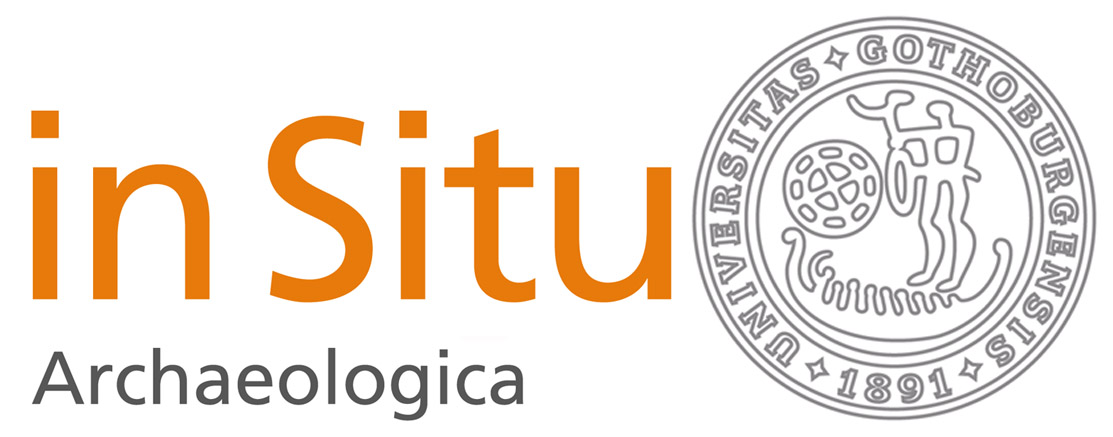Varför fanns det inga thegnar i Nossebro?
DOI:
https://doi.org/10.58323/insi.v4.12760Nyckelord:
runor, sagas, landskapsarkeologiAbstract
This paper deals with the peculiar distribution of the runic inscriptions with the formula “harða godan” thegn and dræng in the Swedish province of Västergötland. They are located along four of the main roads towards the central parts of the province, particularly where the roads cross the rivers of Nossan and Ätran. However the old road between the medieval cities of Lödöse and Scara lacks such inscriptions. This road continues to the eastern part of present day Sweden, according to Adam of Bremen. My explanation is that those thegns and drængs were members of the thingalid of King Cnut the great of England (r. 1017-1035). They controlled the roads and engaged English missionaries for these parts of the province. German missionaries who, in the end of the century, finally organised the church in the province controlled the remaining road. An alleged heathen king of the Svear at Uppsala has not had any influence on these matters. This is an example of the heterarchical society of this time, which I have discussed in previous works.
Nedladdningar
Downloads
Publicerad
Referera så här
Nummer
Sektion
Licens
Författare som bidrar till In Situ Archaeologica har givit sitt medgivande att publicera sina artiklar under en Creative Commons-licens. Den ger tredje part vissa rättigheter till att nyttja materialet. Rättigheterna styrs av vilken licens verket är publierad under. Det åligger tredje part att sätta sig in i verkets creative common licens innan materialet används i eget syfte. Det är alltid författaren som har copyright till verket och allt nyttjande av tredje part förutsätter att ett tydligt erkännande ges till verkets upphovsperson, att en länk till licensen tillhandahålls.



